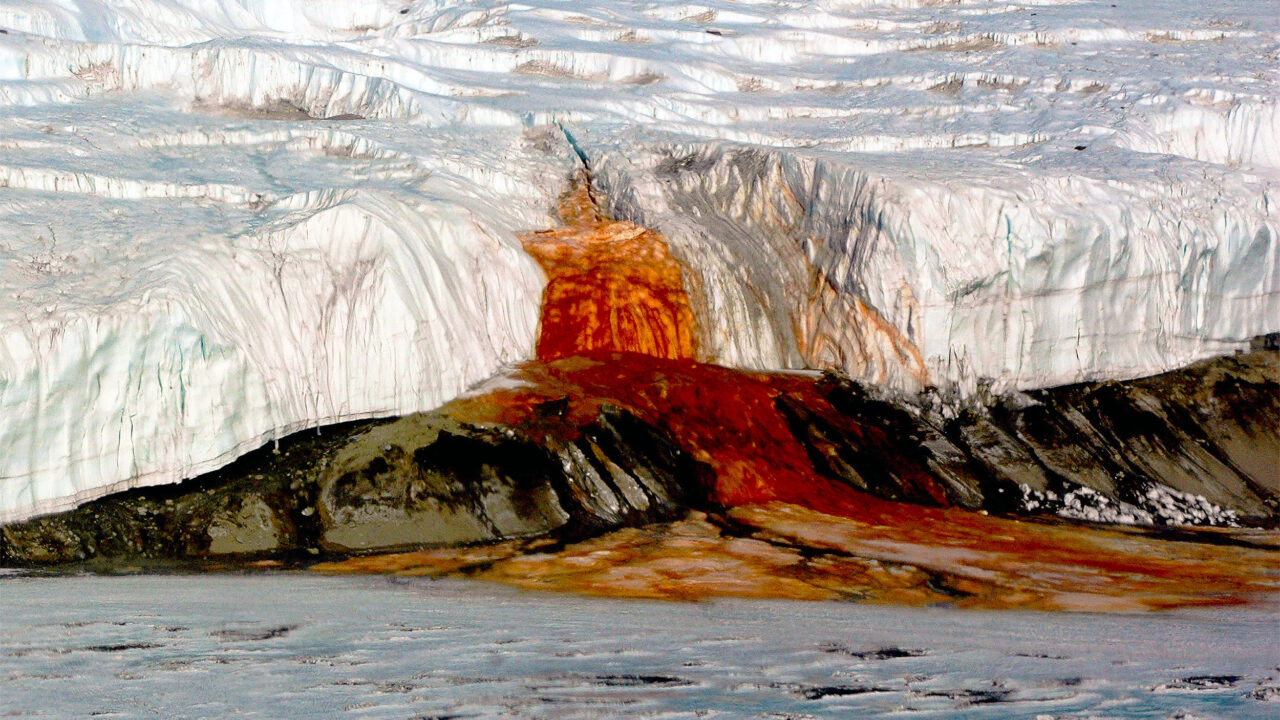The desert snail that sleeps for 3 years is one of the most extraordinary examples of animal adaptation in nature. Known for its ability to enter a long state of dormancy, this snail can survive extreme heat and drought by shutting down nearly all biological activity. This SEO focused article explores how the desert snail survives, why it hibernates for years and what makes this species so fascinating to scientists and nature enthusiasts.
What Is the Desert Snail That Sleeps for Years
The desert snail refers to several snail species found in arid environments, most famously Sphincterochila boissieri. Unlike typical snails that live in moist and shaded habitats, this species thrives in hot and dry deserts. The most surprising feature of the desert snail is its ability to sleep or hibernate for up to three years to protect itself from extreme environmental conditions.
During this long sleep, the snail remains completely inactive inside its shell waiting for the return of rain and cooler temperatures.
How the Desert Snail Survives Extreme Conditions
The secret to the desert snail’s survival lies in its ability to enter a state called aestivation. While hibernation happens in cold climates, aestivation is a similar process triggered by heat and drought. When temperatures rise and water becomes scarce, the snail seals itself inside its shell to prevent dehydration.
Key survival mechanisms include:
- Sealed Shell Barrier
The snail produces multiple mucus layers that harden into a protective membrane called epiphragm, which prevents water loss. - Dramatically Reduced Metabolism
The snail slows its heartbeat and breathing to conserve energy. - Nutrient Storage
The snail stores energy in its tissues before dormancy, allowing it to survive without food for years. - Heat Resistant Shell Structure
The thick white shell reflects sunlight and helps maintain a cooler internal temperature.
These adaptations make the desert snail one of the most resilient creatures in harsh environments.
Why the Snail Sleeps for 3 Years
The length of aestivation depends on desert conditions. If the environment remains extremely dry, the snail continues to sleep to conserve life and avoid dehydration. When rains eventually return and moisture fills the ground, the snail wakes up, rehydrates and resumes normal activity.
This ability allows the species to synchronize its entire lifestyle with rare rainfall events.
Life Cycle and Behavior
The desert snail spends most of its life hidden inside its shell, waiting for ideal environmental conditions. When it awakens after rain, it becomes active for only a short period.
During this time, the snail:
- Moves in search of food
- Feeds on vegetation and organic matter
- Reproduces to ensure survival of the species
- Stores energy to prepare for the next aestivation cycle
Soon after the desert returns to its hottest and driest phase, the snail seals itself inside the shell and begins the next long sleep.
Importance of the Desert Snail in Nature
Even though the desert snail spends years asleep, it plays an important role in desert ecosystems.
Its contributions include:
- Recycling organic material into nutrients for plants
- Serving as a prey source for animals such as beetles and birds
- Stabilizing soil by helping break down decaying vegetation
The snail’s survival strategy helps maintain the delicate balance of desert life.
Scientific Interest and Research Value
Scientists study the desert snail to understand extreme biological survival. Its ability to pause life processes for years has inspired research in many fields.
Some areas of interest include:
- Metabolic shutdown and energy conservation
- Cellular protection during dehydration
- Potential medical discoveries related to organ preservation
- Adaptive evolution in extreme environments
The desert snail proves that life can survive in places where most organisms cannot.
A Symbol of Resilience in Nature
The image of a small snail sleeping for years in the middle of a desert is a powerful reminder of nature’s incredible adaptability. While many animals migrate, burrow or change behavior to avoid climate stress, the desert snail has mastered the art of complete biological suspension.
It shows that survival is not always about speed or strength. Sometimes, patience and smart energy conservation are the ultimate tools for survival.
Conclusion
The desert snail that sleeps for 3 years stands as one of nature’s most fascinating survivors. Through aestivation, shell protection and extreme metabolic control, it endures scorching desert temperatures and long periods without water. This tiny creature offers valuable insight into the power of biological adaptation and inspires scientific research into survival under extreme conditions.
By understanding remarkable species like the desert snail, we gain a deeper appreciation of the hidden resilience and diversity of life on Earth.





